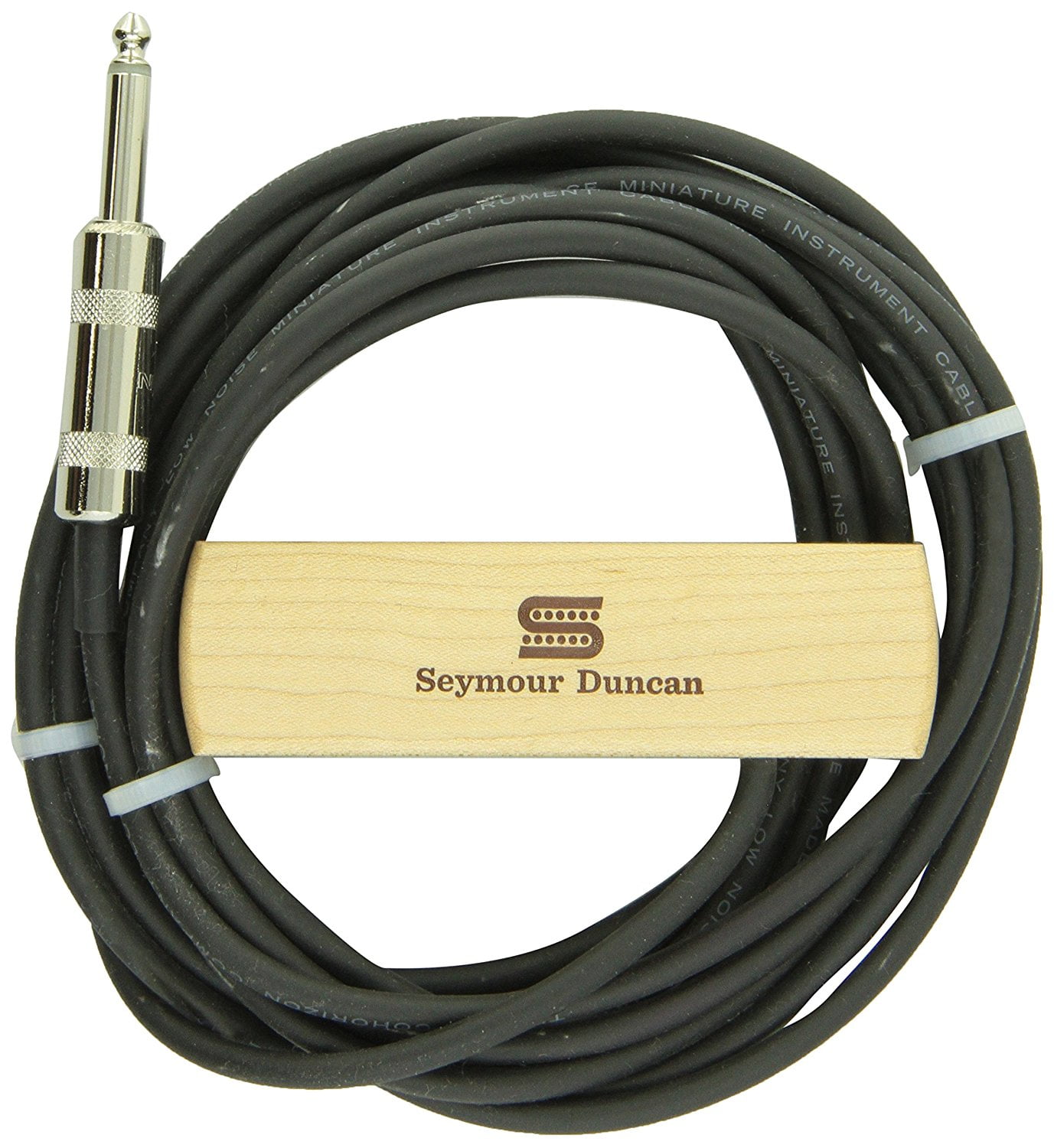

Here are the publicly-available specs on the EVH Frankenstein pickup: The best way to say it is, It sounded like I always wished my guitar would sound like. All I can say is it sounded fuller (not necessarily fatter) than the Screamin’ Demon, clearer and basically gave me a woody. I can’t say the Frankie pickup sounded 100% better or 50% better or whatever. That done, I returned to the plexi, plugged in and started playing – and was simply blown away.

Nevertheless, I dutifully headed down to the basement to swap pickups. I didn’t think there was much chance that the Frankie humbucker, which I paid $140 for, would sound significantly better than the Demon. It uses one row of allen screws and one row of standard slotted screws for a unique ‘airy’ sound.”Īfter playing for a while, I was kind of bummed. The tone is big, percussive with a defined treble response that doesn’t get harsh. It has the big open sound of our ‘59 Model with a little less bite and a little more growl. Here’s what the Duncan website says about the Screamin’ Demon: “Moderate output, P.A.F.-style with added ‘growl.’ This pickup was designed in the Custom Shop for guitar legend George Lynch. The Screamin’ Demon is very similar to Duncan’s ‘59 Model PAF-style pickup, which lots of people like for getting the EVH sound. Before I took that pickup out and stuck the Frankie in, I played the guitar through my plexi clone for a while – longer than I planned on because it sounded so good. The pickup I had in it was a Seymour Duncan Screamin’ Demon, George Lynch’s first signature pickup. I can get EVH-like sounds from this guitar, so it works for me. So rather than take a chance on a new piece of wood, I’ll stick with this one. The same-shaped bodies from the same manufacturer cut from the same wood lot might sound totally different. I’ve thought about getting a hard ash body like Frankie supposedly has, but hey, it’s wood: You never know how a piece will sound. I’ve stuck with this body – which is about half unpainted, so it breathes – through the years because it just sounds great. Guitar specs: homemade super Strat, alder body, maple neck with hard ebony fingerboard, original Floyd Rose bridge and nut, one 500K volume pot connected to a two-way switch that can be switched to a single-coil in the neck. Just kept playing.Īnd yes, it made the guitar I stuck it in sound much more EVH-like. In fact, it sounded so good I didn’t even adjust it (height). Clear, great mids and upper mids, no boominess, no harshness, nothing bad anywhere. But the Frankie pickup also sounds F-ing great distorted.

So I guess it sounds “vintage” – or rather, those are properties of good PAF-style pickups. The chords in each note are clear (and big). Why do I say that? I’ll do my best to explain it. In a word, the Frankenstein pickup sounds great. How about $140? That’s what I paid for the EVH humbucker through the Van Halen Store (which is the lowest price I’ve found, not to mention that it seems to be the only place that actually has it in stock)! And, pretending for a moment that there isn’t a recession, after installing that pickup and hearing it with my own ears, it’s easily worth at least twice that much – to me, anyway, for what it did to my tone. Even cables can cost that much now.īack in the day – the ’80s – I bet your answer would’ve been “a lot.” It might be the same answer now. If you’re a fan of Edward Van Halen, ask yourself this question: How much money would you pay for a pickup that EVH personally designed with Seymour Duncan?īear in mind that good humbuckers can cost anywhere from $40-$50 made by single-person boutique shops to $75-ish for a Duncan or DiMarizio, to around $150 or so for a Duncan Custom Shop wind.Ī higher-end stomp box costs anywhere from $150 to $200 on up.

has what seems to be the first review of the new EVH Frankenstein Humbucker:


 0 kommentar(er)
0 kommentar(er)
